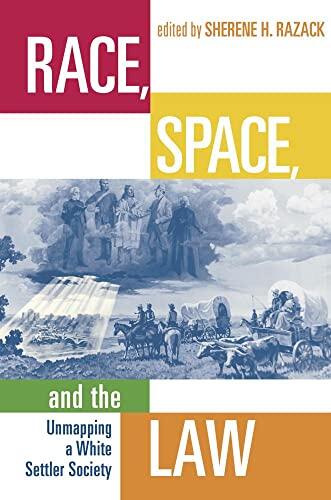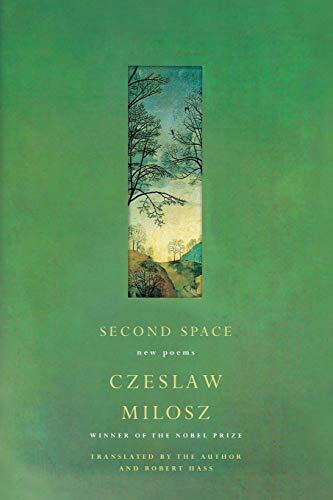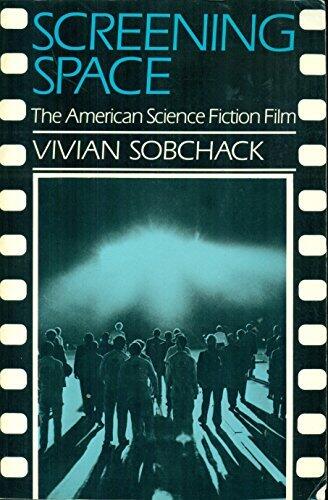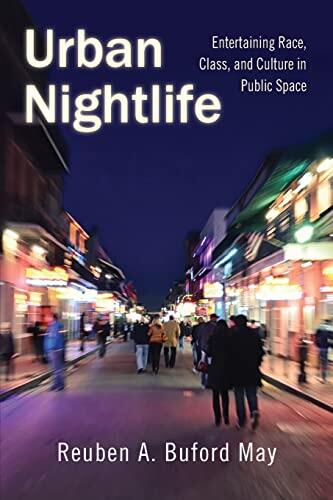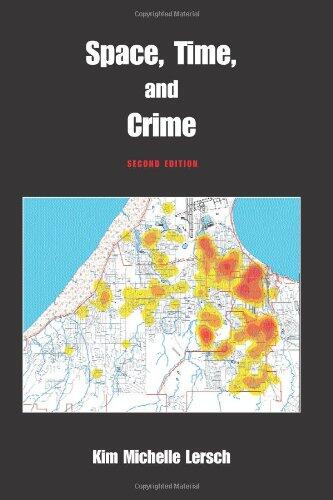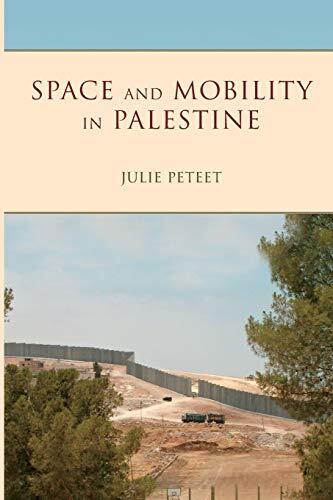
Space and Mobility in Palestine
by:
Julie Peteet
Edition: Illustrated
Language: English
Format: Paperback
ISBN 10: 0253024935
ISBN 13: 9780253024930
Publication date:
January 15th, 2017
Publisher: Indiana University Press
Pages: 252
Genres: History
Julie Peteet delves into the intricate relationship between space and mobility in Palestine, exploring how these elements shape the experiences of individuals within this complex landscape. Through her insightful analysis, she illuminates how movement—or the restriction of movement—profoundly influences personal identity and cultural expression in Palestinian communities. The work outlines the physical and political boundaries that dictate movement, revealing a tapestry of resilience and adaptation in response to these challenges.
Peteet examines various forms of mobility, from everyday travel to cultural expressions, and how these are intertwined with the broader socio-political context. The narratives she presents highlight the importance of place and space in activist practices, community solidarity, and the preservation of cultural heritage. Her approach allows for a deeper understanding of how mobility can be both a source of freedom and a tool of oppression.
By situating her analysis within the local Palestinian experience, she brings forth voices and stories often marginalized in broader discourses. The work is not just an academic exploration; it resonates with the lived realities of Palestinians navigating a landscape fraught with obstacles yet marked by ingenuity.
Ultimately, her research contributes significantly to discussions surrounding public cultures in the Middle East and North Africa, inviting readers to reconsider the implications of mobility as a critical lens through which to view identity, struggle, and resilience in Palestine.
Peteet examines various forms of mobility, from everyday travel to cultural expressions, and how these are intertwined with the broader socio-political context. The narratives she presents highlight the importance of place and space in activist practices, community solidarity, and the preservation of cultural heritage. Her approach allows for a deeper understanding of how mobility can be both a source of freedom and a tool of oppression.
By situating her analysis within the local Palestinian experience, she brings forth voices and stories often marginalized in broader discourses. The work is not just an academic exploration; it resonates with the lived realities of Palestinians navigating a landscape fraught with obstacles yet marked by ingenuity.
Ultimately, her research contributes significantly to discussions surrounding public cultures in the Middle East and North Africa, inviting readers to reconsider the implications of mobility as a critical lens through which to view identity, struggle, and resilience in Palestine.




